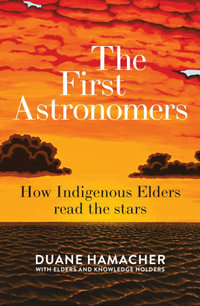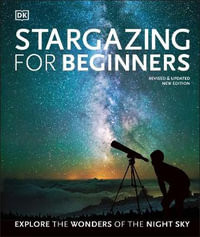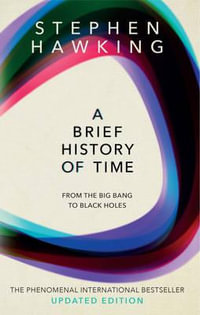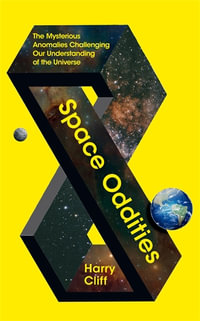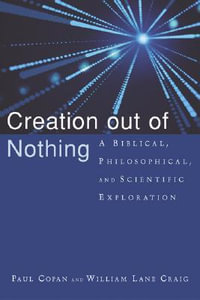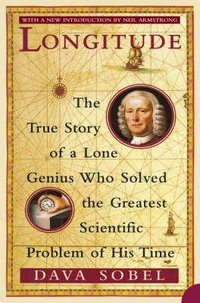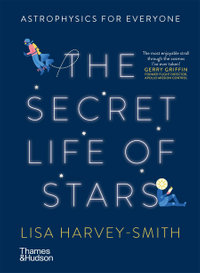This complete, authoritative study of the growing discipline of Archaeoastronomy examines the role of astronomy in antiquity. Professor Giulio Magli provides a clear, up-to-date survey of current thinking on the motives of the ancients for building fabulous and mysterious monuments all over our planet. Was it an attempt to reproduce the sky on Earth, to bring down the power of the stars to where they could see it, worship it and use it? The connecting thread is astronomy: Giulio Magli uses astronomy as a key to understanding our ancestors' way of thinking. It is a challenge he likes to call 'predicting the past' - archaeology as a science is able to make predictions, like any other science, and to check them.
All of the astronomical achievements of the past are considered as a whole, in a comprehensive way that shows the depth and breadth of the thought behind them. In the past, the motives of the ancients - and particularly their scientific thought - have often been misconstrued, maligned or even dismissed. In an ironic, provocative style, Professor Magli shows the limitations of orthodox archaeology in the face of astronomically-based artefacts and tries to understand what led the ancients to construct magnificent buildings such as the city of Teotihuacan in the Mexico Valley, the Ceremonial Centre of Chaco Canyon in the USA, the Avebury stone circle in Great Britain or the Great Pyramids in Egypt.
The book is divided into two parts. In the first, the reader is taken on an ideal 'world tour' of many wonderful and enigmatic places in almost every continent, in search of traces of astronomical knowledge and lore of the sky. In the second part, Giulio Magli uses the elements presented in the tour to show that the fundamental idea which led to the construction of the astronomically-related giant monuments was the foundation of power, a foundation which was exploited by 'replicating' the sky. A possible interpretive model then emerges that is founded on the relationship the ancients had with "nature", in the sense of everything that surrounded them, the cosmos. The numerous monumental astronomically aligned structures of the past then become interpretable as acts of will, expressions of power on the part of those who held it; the will to replicate the heavenly plane here on earth and to build sacred landscapes.
Finally, having formulated his hypothesis, Professor Magli returns to visit one specific place in detail, searching for proof. This in-depth examination studies the most compelling, the most intensively studied, the most famous and, until recently, the most misunderstood sacred landscape on the planet - Giza, in Egypt. The archaeoastronomical analysis of the orientation of the Giza pyramids leads to the hypothesis that the pyramids of Cheops and Chephren belong to the same construction project.
Industry Reviews
From the reviews:
"Magli ... a theoretical physicist by training, turned to archeoastronomy a decade ago, the topic that marries astronomy to architecture, landscape, ancient astronomical lore, and culture. In this work, a translation of the 2005 Italian version, the author begins with what might be considered standard subjects for archeoastronomy: a survey of a wide range of ancient cultures and their remnants ... . Two appendixes ... and excellent line drawings and photographs are useful. ... Summing Up: Highly recommended. General readers." (M.-K. Hemenway, Choice, Vol. 47 (2), October, 2009)
"Professor Magli ... graduated to relativistic astrophysics, before 'seeing the light'. His book ... takes us on a guided tour of the world's archaeoastronomical monuments. ... His book is a comprehensive, well-illustrated, well-referenced, easily accessible intellectual joy. ... The constructors of Stonehenge and the Egyptian pyramids lived only a hundred or so generations ago. ... The quest to understand their astronomy, their minds, and their motivations is difficult and rewarding and worthy of encouragement. ... Magli's excellent book is an ideal place to start." (David W. Hughes, The Observatory, Vol. 129 (1213), December, 2009)



